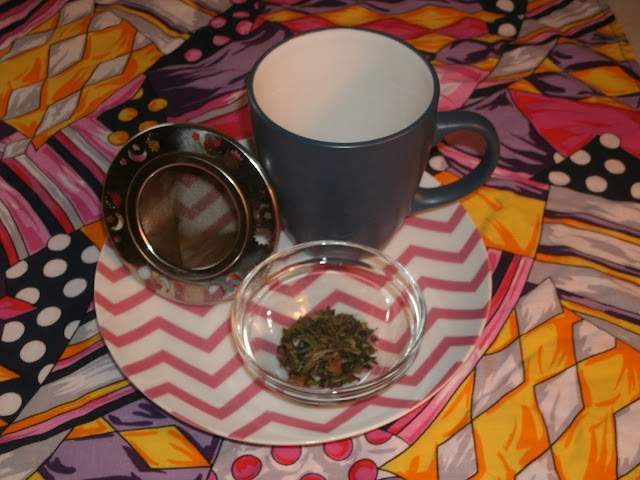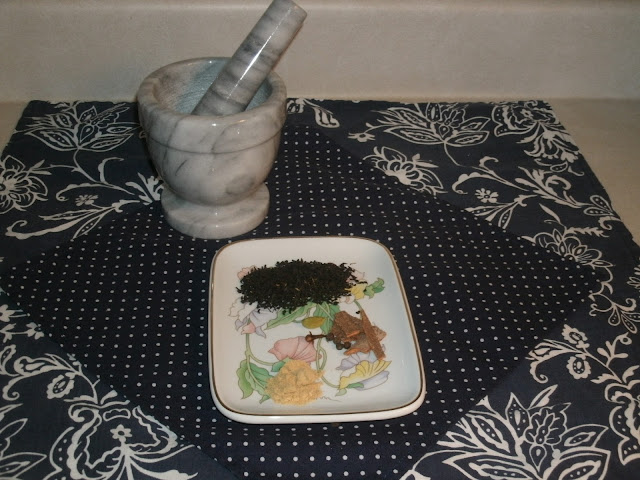Reunion

Réunion Réunion is a small, volcanic island east of Madagascar. From its description, the population is comprised of a diverse mixture of races and cultures. I found a video about harvesting tea in Réunion. Apparently they make white tea . White tea is minimally oxidized, and is not terribly popular in the area where I live. If it is found in bagged tea, it is always combined with something else. As luck would have it, white peony tea is available in the bulk food section of one of my local grocery stores. Unfortunately the video doesn't show how white tea is served in Réunion, so I will be serving it in my favorite fashion. Plain. Just add hot water! While it is true that if you can boil water, you can make tea, some teas are a bit fussy. According to the reference table in one of my books, white teas brew at about the same temperature as green teas (180 Fahrenheit), but they are steeped longer. The resource I'm using today says that 7 minutes is a good brewing tim




